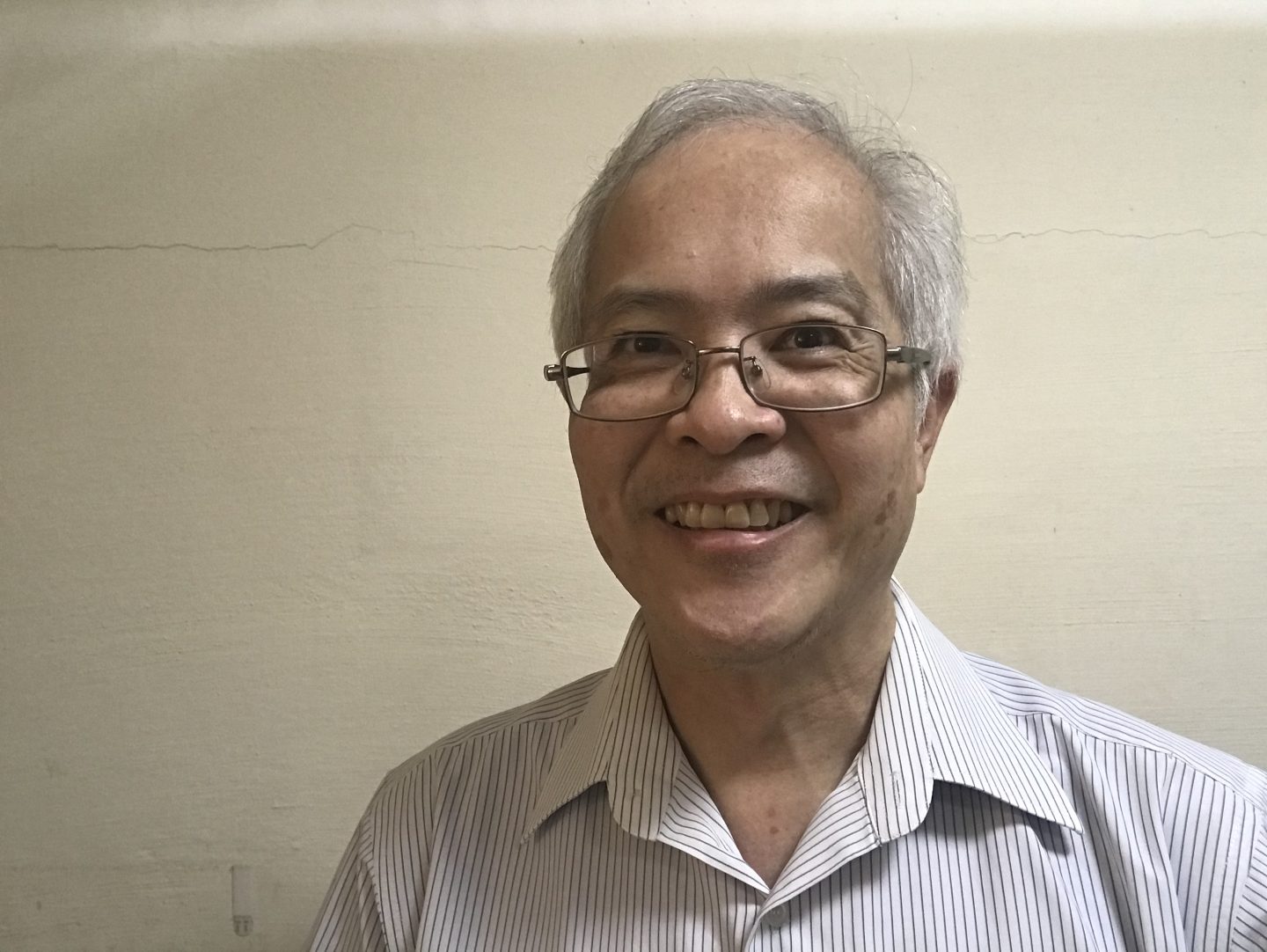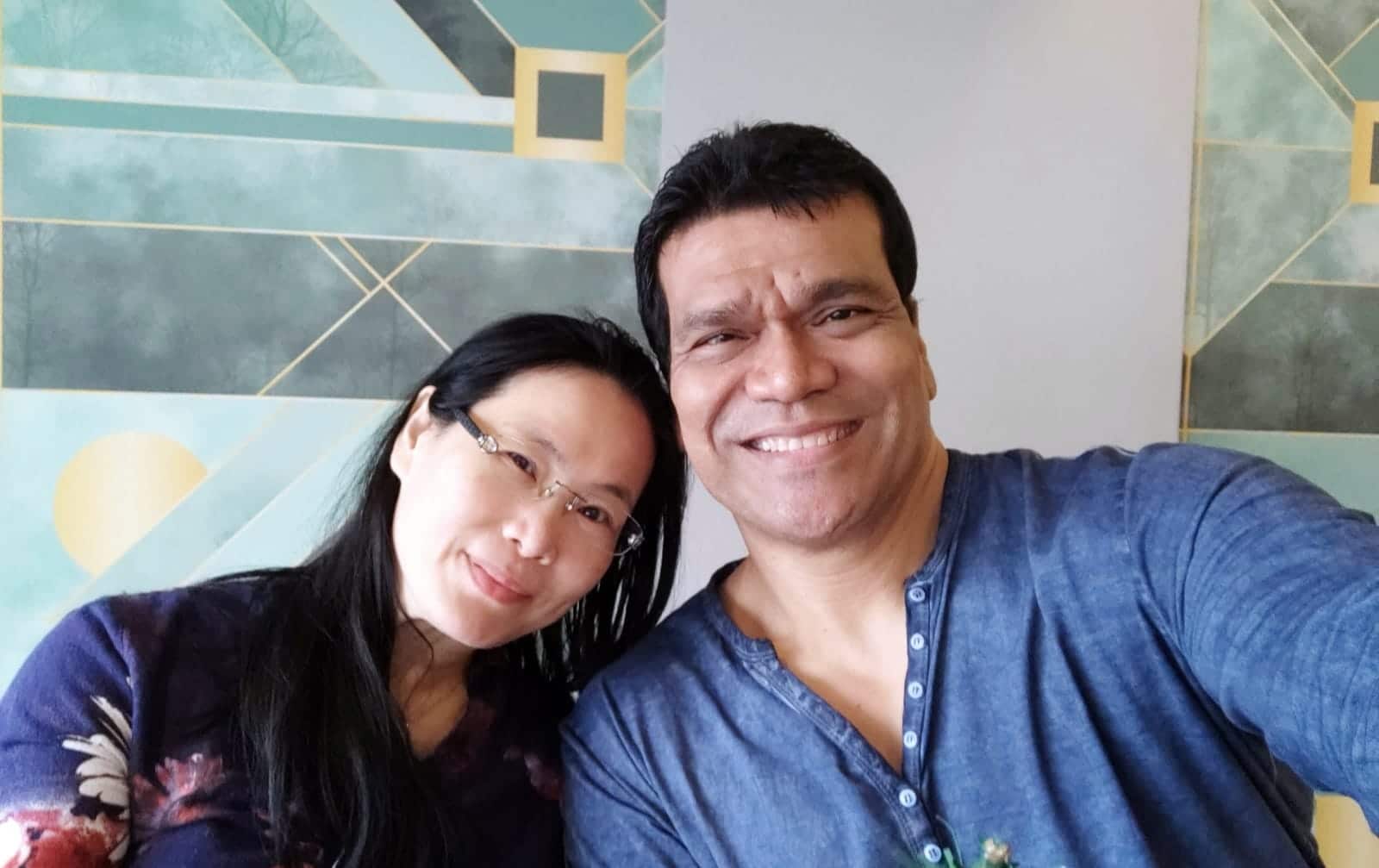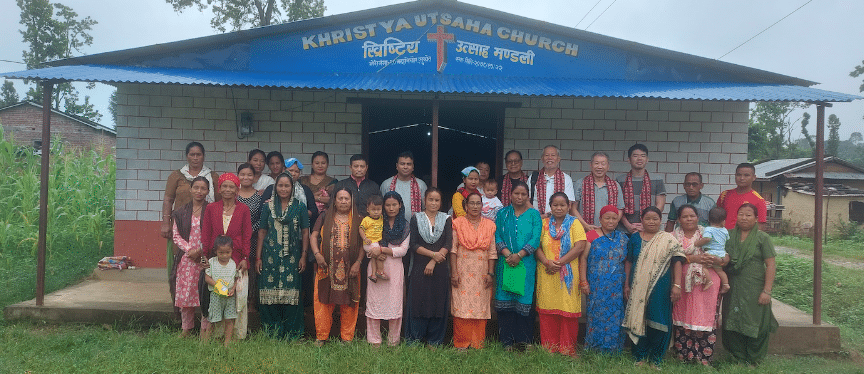Lessons in speaking a new cultural language of friendship
Mark Syn // September 9, 2020, 6:43 pm

Staff and volunteers from NGO HealthServe reached out and befriended migrant workers confined to cruise ships during the pandemic. Photos by Herman Tan.
In part 2 of a two-part article on building relationships without leaving our nation, the author – the director of mission agency Pioneers in Asia – unpacks the skills we need to intelligently relate across different cultures.
While travelling to visit one of our field teams, I was asked to run a workshop on multi-cultural team dynamics. Hearing the experiences of our team members reminded me of the complexity of cross-cultural communication and why it’s necessary to grow our ability to relate to people from other cultures.
“We want to not only reach people from every nation, but learn to love them in ways they understand.”
It is now no longer unusual for our Pioneer teams to be made up of people from four or five nations, and we find that cultural pressure points can sometimes lead to misunderstanding and tension in relationships. Equipping missionaries with Cultural Intelligence – also known as CQ – has become a priority for many mission agencies.
However, CQ is no longer just for missionaries.
Singapore has always been multi-cultural, but we are now a melting pot of many nationalities. With many churches reaching out to new friends in our backyard, it means that the average church member also needs cross-cultural communication skills.
CQ is about growing in our ability to be multi-lingual and agile in our cross-cultural relationships. It involves having the insight, understanding and skills to relate to people from other cultures. The common human tendency, however, is to assume our culture’s way of doing things is the “normal” way.
Cultural lenses
The discussion with the team I was visiting uncovered many of the common challenges of relating to people from cultures which we are not familiar with. After some basic teaching, I initiated a discussion, asking them about cultural faux pas they had seen – or committed themselves – in their time as missionaries. In the trusting, learning environment, examples were thrown at me in rapid succession.
Jenny, the British team leader was the first to speak up: “I did not realise how important greetings are in Asia. For a long time, I think I was offending my landlord by not greeting them properly when I saw them.”
“Every culture has something very beautiful that the Lord had deposited in them.”
Helen, an American chimed in: “I can think of times I was so direct in my confrontation with a local brother who I felt had an offence with me. I now know I made him so uncomfortable and I’ve learn to gently go around the problem and even address it though a mediator at times.”
Henry, an Australian young man sitting in the corner spoke up: “Yeah, and I did not understand why my Asian brothers and sisters were so quiet in the meetings. I thought they were aloof and unfriendly. As I have grown to know them, I realised how quickly I judged them with my own cultural expectations.”
Frank, a Malaysian jumped in quickly: “And Henry and I have had to learn from opposite poles. Just as he had to learn why Asians are slow to jump in with opinions, I had to learn why Western people jump in so quickly. Henry has become a dear brother to me, but it came by him challenging me to take risks to speak up, and me challenging him to make space for people like me to speak.”
Cultural intelligence is no longer just for missionaries.
A Brazilian missionary also threw in his ideas: “This one may seem like a small thing, but I felt as if my Western brothers and sisters only wanted to eat the food they were comfortable with. It took a long time for me to to speak up and ask if I could introduce some new food to the group. I was so delighted that they were open to more cooking them some Brazilian dishes.”
Eric, a Singaporean started to touch on deeper world view differences. “Some of these are the more visible cultural habits and preferences, but what I value most by being in a multi-cultural team is: We have all begun to see the world though each other’s eyes. We recognise that every culture has to be redeemed in some way, and it has forced us to examine our own cultures and not always assume our values and way of doing things are the right way.”
Beyond kimchi and pizza
There was a pause in the conversation and I looked to Eun Jung, a Korean sister who had been listening quietly. I nodded to her and she spoke quietly: “It took a long time for me to feel loved in this group. I can say this now because we have worked hard at learning our different cultural languages of love, but I think all of us have also had to be servants and learners.”
The whole group was silent, absorbing the deep honesty of the moment.
“Can you please explain more,” I said, encouraging Eun Jung to continue.
“Cultural intelligence is not just about eating kimchi rather than pizza at meetings. It’s not just about the vast differences in expectations in leadership and followership that we have between East and West. It’s not just about our differences of being on time.
If there are no conversations, how will the gospel be shared?
“I think being a minority culture person in a team feels different to being in the majority culture. Even though I speak some English, I felt exhausted after every meeting having to process in English all that time. I even missed worship in my heart language. I missed having other people who just understood my sense of humour, gestures and silence – without me having to explain everything. I was even judging my fellow team mates for being less spiritual than I was because they did not wake up early in the morning to pray.”
We were all absorbing what Eun Jung was sharing. It was so personal and so beautiful. I could see that she trusted the group enough to share in this way.
“But I grew to realise that brothers and sisters were trying to love me, but my culture was interpreting their words and actions through my Korean lenses. I have come to see that every culture has something very beautiful that the Lord had deposited in them, and the uncommon unity amongst a diverse multi-cultural team is actually a testimony to those non-Christians who know us. Friends outside this group have actually said to me that they are amazed that we can have such love for each other, even though we are so different.”
Eun Jung became quiet. Jenny stepped in to affirm her. “Eun Jung is correct. We all had a sharp learning curve as we learned to engage with each other’s culture. There were so many mistakes, so many discussions and so many apologies. We have come to see that in the midst of this unreached people who we came to serve, we are a beautiful mini picture of the universal church. People also see that the Kingdom of heaven is not Western, Eastern, Latin American or Asian. One day, people of every tribe and tongue will worship together before the throne and we want to not only reach people from every nation, but learn to love them in ways they understand.”
I have since often reflected on that team meeting that I was so privileged to be part of.
Patterned behaviour
Many churches in Singapore have been challenged by the vision to reach out to our cross-cultural neighbours in our backyard. The CQ skills and know-how needed to function in a multi-cultural team are similar to the ones needed to reach out to our neighbours.
Christian anthropologist Charles Kraft referred to culture as “patterned behaviour”. That is to say, it is as if our DNA has been hard wired into us from our earliest days. Our home culture has taught us what it is to be polite, funny, spiritual, hospitable, humble, effective and socially functional. Almost everything that is central to somebody’s values or belief system is influenced by their culture. Even our body language and gestures can communicate something very different to what we intended.
The challenge with making cross-cultural relationships is: Our natural cultural intuition and competency that we have built up over our lifetime can work against us when we are in a new cultural context. When cultural rules differ, what was helpful in one culture may actually be a hindrance in another.
In my previous article, I wrote about how the barriers in our own hearts are sometimes the greatest hinderance to building relationships with the unreached people in our backyard. Once we find ourselves being willing, we then need to add Cultural Intelligence to the mix.
Becoming multi-lingual in our cultural love languages is a tremendous skill for the gospel.
How do we do this?
In his book, Outliers, Malcolm Gladwell touted and popularised the 10,000-Hour Rule. The rule asserts that the key to achieving excellence and mastery (or, in his words, becoming “world class”) in any endeavour is to practice effectively for 10,000 hours.
Other writers quibble about the actual 10,000 number, claiming that it is the quality of the practice that matters more than the quantity, but we can reasonably conclude that more quality engagement in a skill and context will give us greater competence. The violinist, the sportsmen, the professor and the honours student all know that the accumulation of meaningful engagement is a big part of being good at something. The same is true for the acquisition of cultural intelligence.
Missionaries use the word “immersion” to describe the process of acculturating and going deeper in our understanding of a new culture. It takes time to make mistakes, recalibrate and readjust our intuition.
Learning new cultural languages
When I first started to date my wife, I realised that a woman’s language of love is very different to a man’s. It is as if Men are from Mars, Women are from Venus, to borrow the title from John Gray. Over our 23 years of marriage, I have tried to learned to speak better “Venitian” to my wife, and she has tried to learn to speak better “Martian.”
As a missions director, I hope I have learned to express love in appropriate ways to my African, American, Asian, Latino and European (name any number of 80 cultures in our organisation and the 100 countries they work in) brothers and sisters that I work with. Becoming multi-lingual in our cultural love languages is a tremendous skill for the gospel.
Each of us will have regular opportunities to step out of our cultural comfort zones if we look out for the opportunities.
- Go deeper. Start with the people who attend your church’s Japanese, Filipino, Chinese, Indonesian, Myanmar or other bilingual services. Start to interact with them as friends.
- Go wider. Next, try interacting with a person outside the church from a culture which you are not familiar with.
- Be inquisitive. Ask them about what family life, marriage, celebrations and faith look like them. Ask them how their culture builds friendship, addresses problems and handles conflict.
- Learn. Contact your mission agency partner to ask them if they can conduct a course on Cultural Intelligence for your church to understand how other cultures tick.
Friendships are bridges for the gospel. If there is low Cultural Intelligence, cross-cultural friendships will struggle to form. If there is no friendship, how will opportunities for conversation rise? If there are no conversations, how will the gospel be shared? And if there is no sharing of the gospel, how will they believe? How beautiful are the feet of those who bring good news.
This is the second of a two-part article. Read the first here.
#WelcomeInMyBackyard campaign urges Singaporeans to show warmth to migrant workers
We are an independent, non-profit organisation that relies on the generosity of our readers, such as yourself, to continue serving the kingdom. Every dollar donated goes directly back into our editorial coverage.
Would you consider partnering with us in our kingdom work by supporting us financially, either as a one-off donation, or a recurring pledge?
Support Salt&Light



